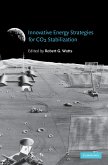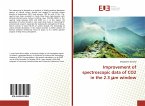The aim of carbon capture, utilization, and storage (CCUS) is to reduce the amount of CO2 released into the atmosphere and to mitigate its effects on climate change. Over the years, naturally occurring CO2 sources have been utilized in enhanced oil recovery (EOR) projects in the United States. This has presented an opportunity to supplement and gradually replace the high demand for natural CO2 sources with anthropogenic sources. There also exist incentives for operators to become involved in the storage of anthropogenic CO2 within partially depleted reservoirs, in addition to the incremental production oil revenues. These incentives include a wider availability of anthropogenic sources, the reduction of emissions to meet regulatory requirements, tax incentives in some jurisdictions, and favorable public relations. The United States Department of Energy has sponsored several Regional Carbon Sequestration Partnerships (RCSPs) through its Carbon Storage program which have conducted field demonstrations for both EOR and saline aquifer storage. Various research efforts have been made in the area of reservoir characterization, monitoring, verification and accounting, simulation, and risk assessment to ascertain long-term storage potential within the subject storage complex. This book is a collection of lessons learned through the RCSP program within the Southwest Region of the United States. The scope of the book includes site characterization, storage modeling, monitoring verification reporting (MRV), risk assessment and international case studies.







